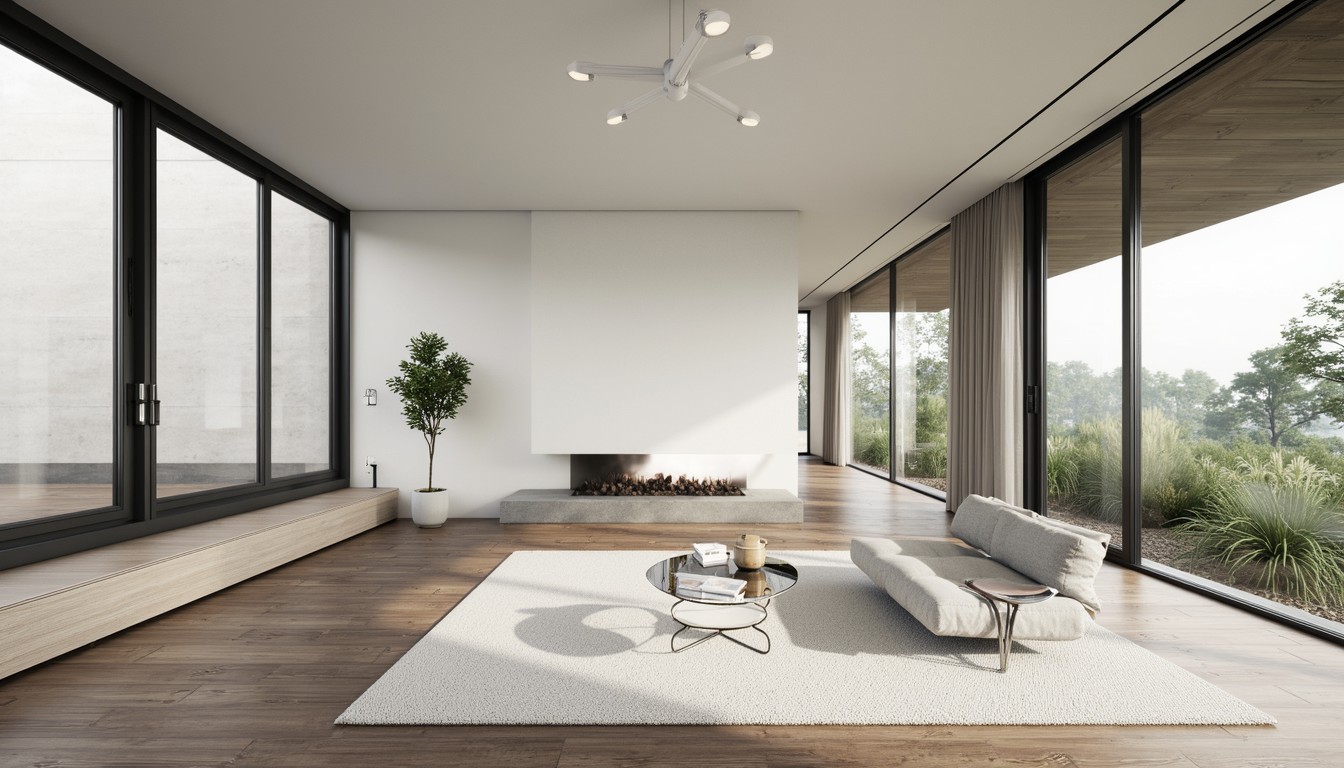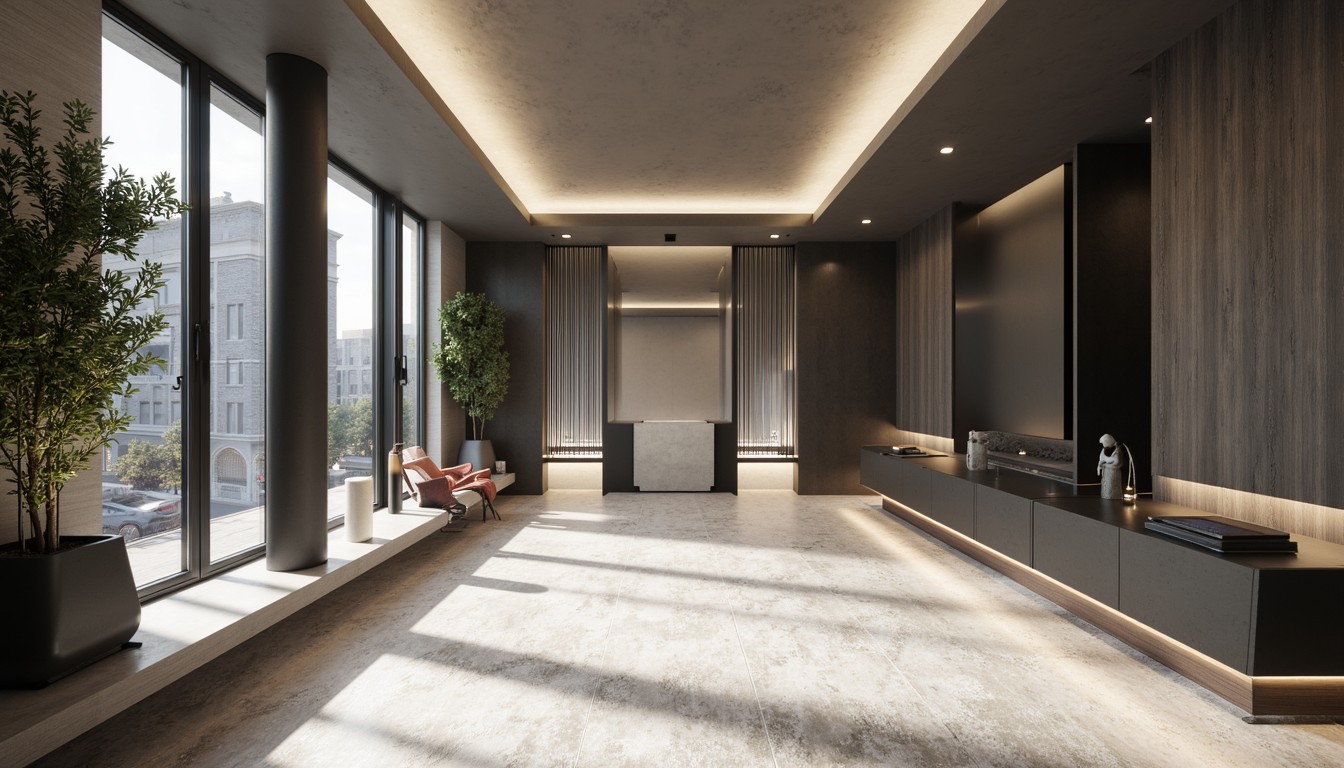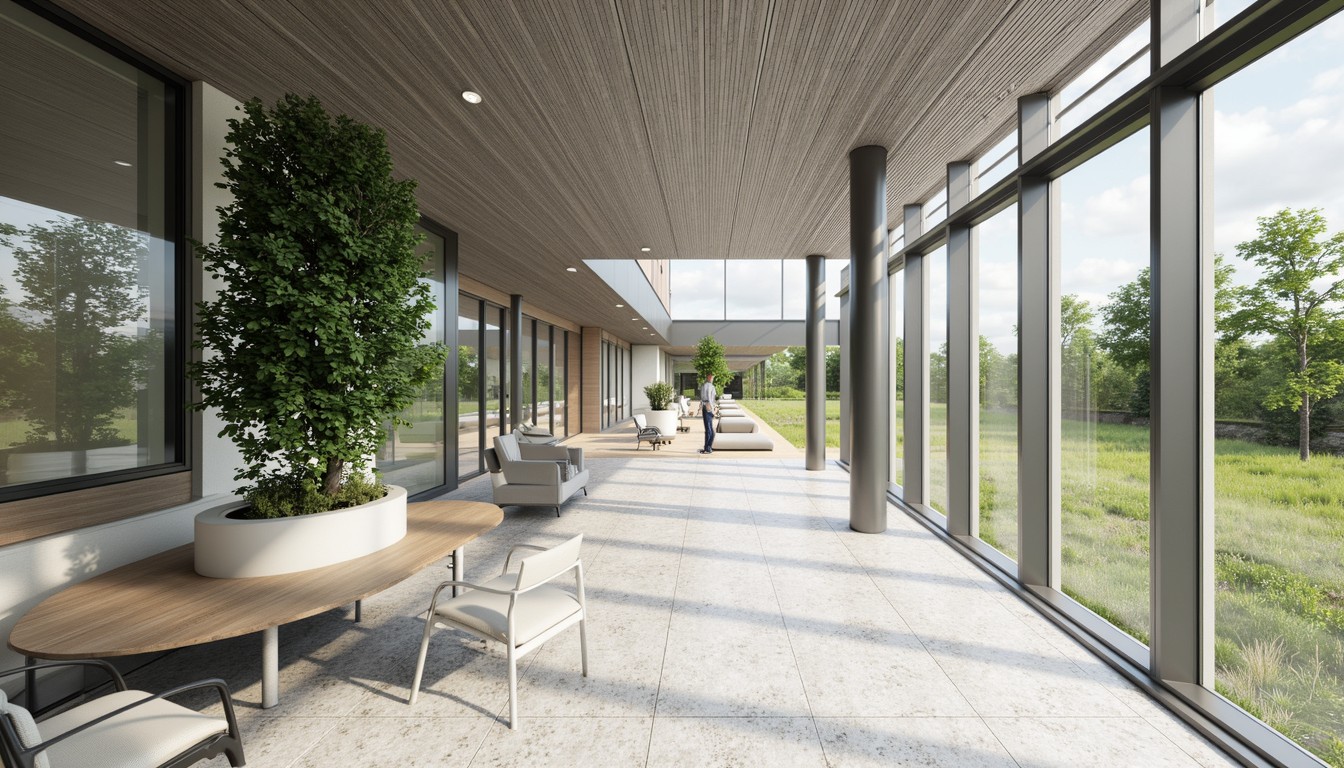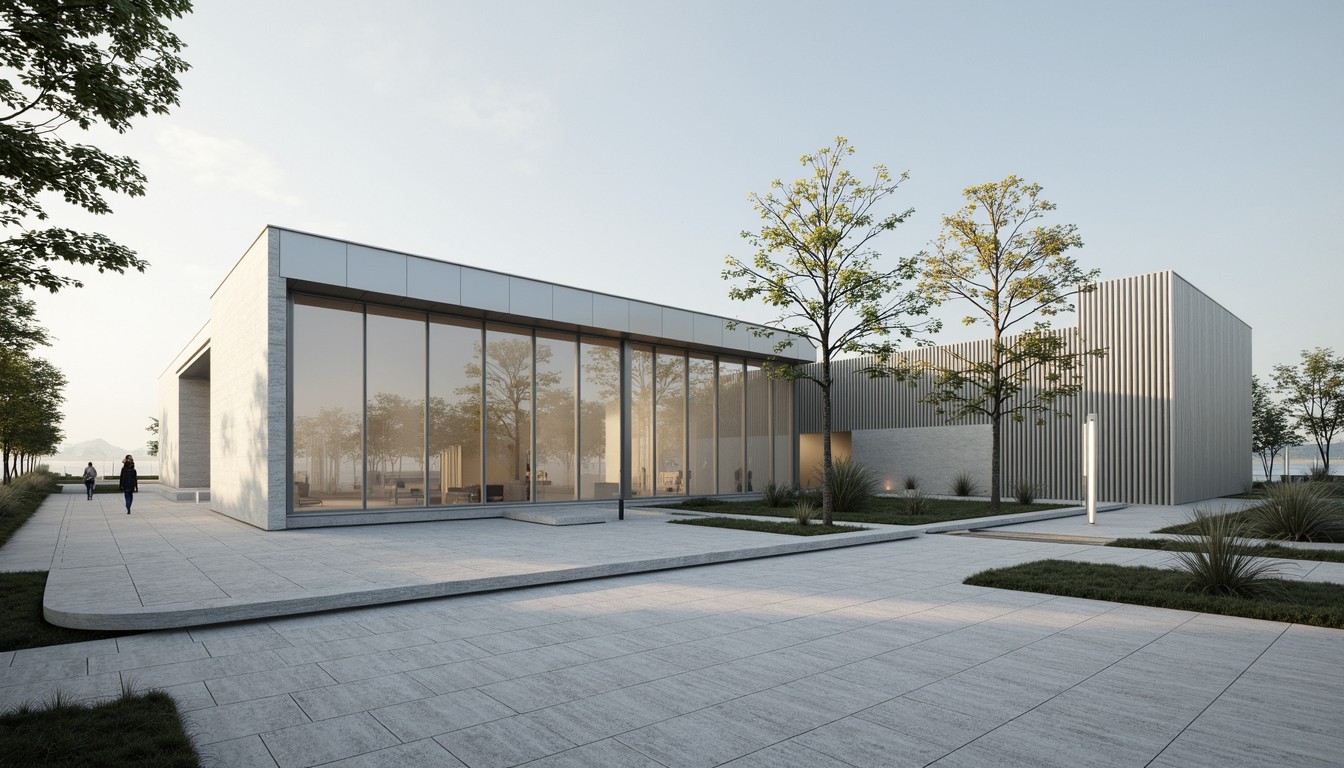Immersive Design: Revolutionizing Architecture with VR & AR
The architectural landscape is undergoing a dramatic transformation, driven by the rapid advancements in Virtual Reality (VR) and Augmented Reality (AR) technologies. These immersive technologies are no longer futuristic fantasies; they are powerful tools reshaping how architects design, clients experience, and stakeholders collaborate on projects. At ArchNav, we're at the forefront of this revolution, leveraging the power of VR and AR to deliver unparalleled architectural visualization services.
The Rise of Immersive Design in Architecture

Traditional architectural visualization methods, like 2D drawings and static renderings, often fall short in conveying the true essence of a design. They struggle to capture the scale, spatial relationships, and the overall feeling of a building. This is where VR and AR step in, offering immersive experiences that bridge the gap between the architect's vision and the client's understanding.
Virtual Reality (VR) in Architectural Visualization
VR offers a fully immersive, 360-degree experience, allowing users to virtually "walk through" a building before it's even built. Architects can create detailed VR models, complete with textures, lighting, and even soundscapes, providing clients with a realistic and emotionally engaging preview of the finished product. This significantly enhances client engagement and reduces the risk of costly design revisions later in the project.
Real-world applications of VR in architecture include:
- Client presentations: Impress clients with interactive walkthroughs, showcasing the design's strengths and addressing potential concerns early on.
- Design collaboration: Facilitate collaborative design sessions between architects, engineers, and other stakeholders, allowing for real-time feedback and adjustments.
- Early-stage design exploration: Experiment with different design options in a virtual environment, quickly evaluating their effectiveness and feasibility.
- Construction planning and simulation: Use VR to simulate construction processes, identify potential challenges, and optimize workflows.
Augmented Reality (AR) in Architectural Design
Unlike VR, which creates a completely virtual environment, AR overlays digital information onto the real world. This technology is particularly useful for visualizing designs in their actual context. Imagine using your tablet or smartphone to view a proposed building superimposed on the existing site, providing a realistic understanding of scale, impact, and integration with the surroundings.
Practical applications of AR in architecture include:
- Site analysis: Analyze the site's topography, existing structures, and environmental factors to inform design decisions.
- Building information modeling (BIM) visualization: Overlay BIM data onto the real-world site, providing a comprehensive understanding of the building's design and construction details.
- Marketing and sales: Engage potential buyers with interactive AR experiences, showcasing the building's features and amenities in a compelling way.
- Interior design: Allow clients to visualize furniture and fixtures within their future space before making purchasing decisions.
Benefits of Immersive Design

The adoption of VR and AR in architecture offers a multitude of benefits, including:
- Enhanced client communication and engagement: Improved understanding and satisfaction through immersive experiences.
- Reduced design errors and revisions: Early detection and correction of design flaws.
- Improved collaboration and teamwork: Facilitated communication and feedback amongst stakeholders.
- Increased efficiency and productivity: Streamlined design processes and faster project completion.
- More sustainable design solutions: Early evaluation of environmental impact and resource optimization.
Choosing the Right Immersive Technology for Your Project

The choice between VR and AR depends on the specific project requirements and goals. VR is ideal for fully immersive experiences and detailed design reviews, while AR excels at visualizing designs in their real-world context. Often, a combination of both technologies offers the most comprehensive and impactful solution.
ArchNav: Your Partner in Immersive Architectural Visualization
ArchNav is a leading architectural visualization company specializing in creating cutting-edge VR and AR experiences for architects and developers. Our team of experienced professionals utilizes the latest software and hardware to deliver high-quality, immersive visualizations that exceed expectations. We understand the nuances of architectural design and the importance of clear communication with clients. Let us help you leverage the power of immersive design to transform your projects.
Contact us today to learn more about how ArchNav can help you elevate your architectural visualization with the power of VR and AR.
